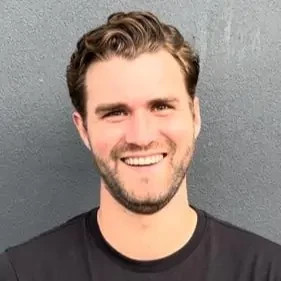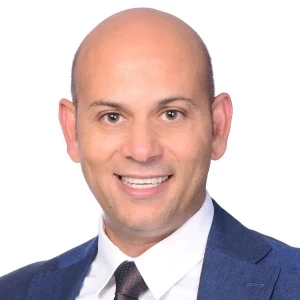Hi all!
The position I am applying for has a focus in risk management in the financial services sector, and I have been told that the business cases for this specific position will be different from the traditional profitability and market entry.
However, I couldn’t find any useful resources/examples on how to structure a general risk focused case: I would like to ask you whether you could address me any valuable resources or suggest me an adaptable framework.
An example I am struggling to structure, related to financial services, is “bank’a clients are not paying back their loans. What the bank could do?”
Many thanks for your help!



















